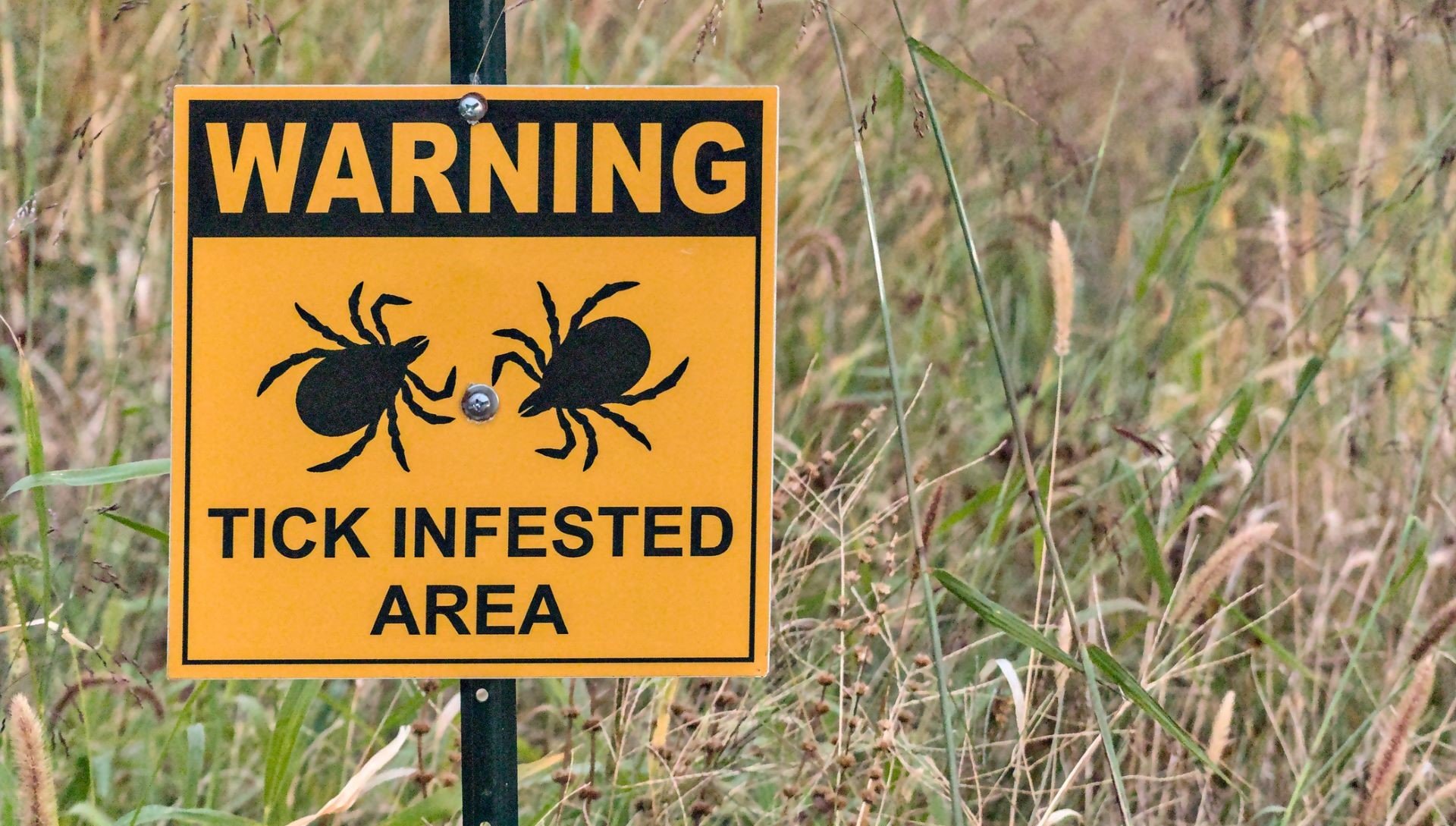Control Mosquitoes and Ticks on Your Campus

Mosquitoes and ticks at your K-12 school, college, or university pose a community risk because of diseases they may carry. State and local laws may limit your ability to use pesticides. One alternative is integrated pest management, an approach that focuses on preventing and minimizing the growth of pest populations.
Manage Mosquito Populations
To manage mosquito populations most effectively, remove their breeding habitats by:
- Emptying standing water in rain gutters, old tires, toys, or other containers
- Changing water in bird baths, fountains, wading pools, rain barrels, and potted plant trays at least weekly
- Clearing temporary pools of water by draining or refilling them
- Treating and circulating swimming pool water
Structural barriers help keep mosquitoes out of indoor spaces, so:
- Place “bug-tight” screens on windows and doors.
- Fill gaps in windows, and in walls and doors with outside access.
Protect Your Grounds from Ticks
Start addressing ticks by assessing how prevalent they are on your campus. Identify tick-prone areas such as walking paths, edges of lawns, or other parts where your grounds meet wooded areas.
Encourage students or parents to conduct tick checks after students spend an extended amount of time in tick-prone areas and to report any ticks found to your student health center or school nurse. Use a tick drag to survey your grounds by pulling the drag across various tick-prone areas and counting the ticks you see.
Particularly if you find multiple ticks of medical concern on your grounds (the blacklegged, lone star, and American dog tick types are a few), consider limiting access to tick-prone areas. For a longer-term solution, make these modifications to school grounds to reduce tick habitats:
- Create a 9-foot buffer area restricting access between vegetation and all school grounds.
- Place a 3-foot-wide barrier of wood chips between wooded areas and your grounds.
- Move playgrounds, fields, and lawns away from wooded areas where possible.
- Expand trails in wooded areas to the size of a sidewalk or at least 54 inches wide.
- Install 8-foot fencing to prevent deer from getting on your grounds.
- Seal gaps in and under buildings, sheds, and dugouts.
- Clear plant species known to harbor ticks, such as barberry, holly, honeysuckle, fern, and hemlocks.
In addition, implement landscaping practices that help minimize the prevalence of ticks:
- Clear tall grasses and brush around playgrounds, fields, and lawns.
- Mow lawns regularly to keep grass shorter than 3 inches.
- Remove leaf litter, brush, and weeds from trails and lawns.
- Prune trees and shrubs to reduce shade.
Consider Chemical Treatments
Pesticides can be an effective way to control mosquito and tick populations on your grounds. Check with local health officials concerning any safety concerns before using chemical treatments.
Certain situations can benefit greatly from the use of chemical treatments:
- Mosquito larvae populations tend to concentrate in certain areas, making them more easily accessible.
- Tick populations pose the highest risk at the points where your grounds meet natural wooded areas, so a targeted application of pesticides is effective.
Educate Your Community
Teaching students, faculty, and staff how to protect themselves from ticks is vital. Inform them about how and when to conduct tick checks. Remind students to avoid walking into wooded areas and to stay on landscaped grounds or designated walking paths.
School groundskeepers likely have the most exposure to tick habitats, so be sure to educate them on tick bite prevention measures:
- Wear hats and light-colored clothing.
- Cover limbs with long-sleeve shirts and tuck pants into boots or socks.
- Use an EPA-registered insect repellant.
- Treat clothing and gear with products containing 0.5% permethrin.
- Check for ticks after leaving wooded areas.
Additional Resources
U.S. Environmental Protection Agency (EPA): Mosquito Control
EPA and Northeastern IPM Center: Ticks in Schools — Guidance for the School Nurse
About the Author
-

Annika Vasagiri
Former Risk Management Intern
Annika Vasagiri was a summer intern with UE’s Risk Management department. While at UE, she was a fourth-year International Affairs and Economics student at George Washington University. As an intern, she researched risk areas affecting educational institutions and the risk mitigation strategies available to them. Prior to joining UE, Annika interned at the U.S. Department of Commerce and completed an exchange semester at the National University of Singapore.